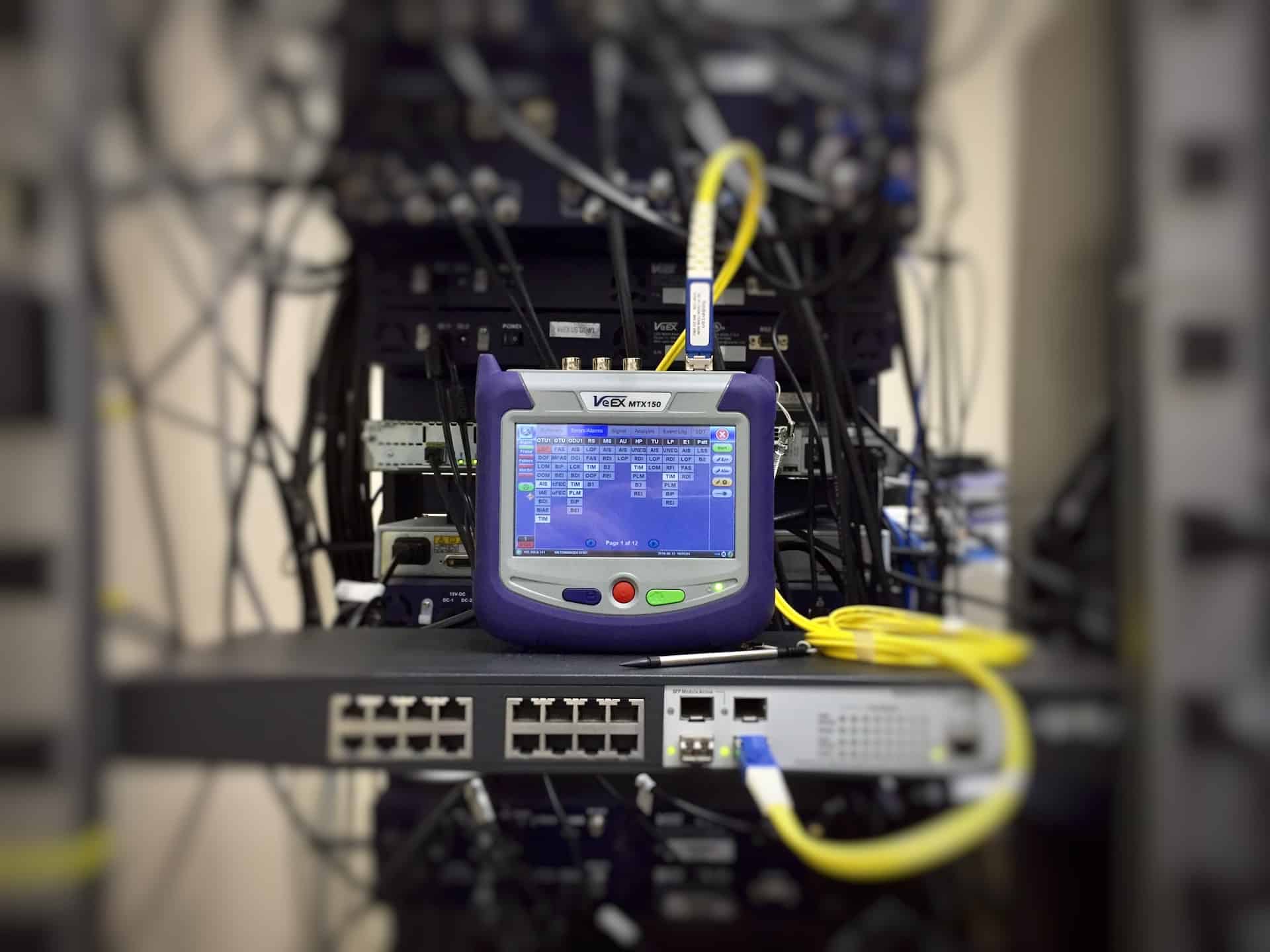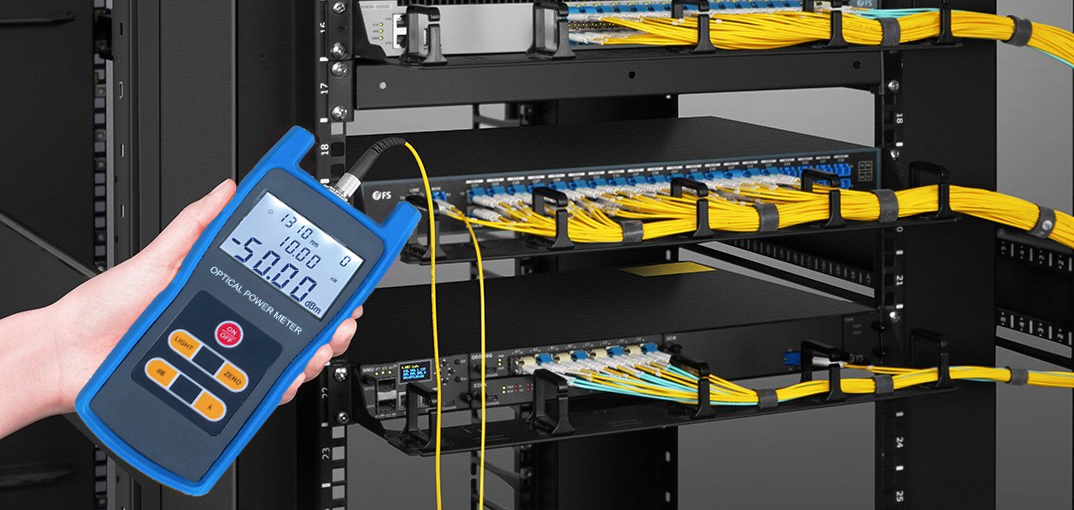The optical fibre diameter analyser provides accurate measurements for fibre optics.
The optical fibre diameter analyser provides accurate measurements for fibre optics.
Blog Article
Discover the Importance of Optical Fiber Screening in Modern Telecommunications
In the realm of modern telecoms, the importance of optical fibre testing can not be overemphasized, as it offers as the backbone for guaranteeing network dependability and performance. What are the certain advantages that regular testing deals, and how might it shape the future landscape of telecommunications?

Recognizing Optical Fiber Screening
Optical fiber screening is an essential procedure in telecommunications that makes sure the stability and performance of fiber optic networks. This testing encompasses a variety of treatments developed to evaluate the physical and useful attributes of optical fibers - ofda. Trick specifications assessed consist of optical power loss, data transfer capability, and mistake place, which are important for keeping premium communication web links
The testing procedure usually entails making use of specialized devices such as Optical Time-Domain Reflectometers (OTDR) and Optical Power Meters. OTDRs are employed to recognize and define mistakes, entwines, and adapters within the fiber, while power meters gauge the transmitted light signal stamina to ascertain effectiveness.
Moreover, testing is performed at various phases, including during installment, maintenance, and troubleshooting, to make sure that the network meets sector standards and operational needs. Conformity with standards set by companies like the International Telecommunication Union (ITU) and the Telecommunications Sector Organization (TIA) is critical.
Advantages of Normal Examining
Normal screening of optical fibres returns countless advantages that considerably enhance network dependability and efficiency. Among the primary benefits is the early detection of possible issues, such as breaks or degradation in the fibre, which can cause pricey downtime if left unaddressed (optical fibre diameter analyser). By determining these troubles proactively, telecommunications companies can decrease solution disturbances and ensure constant connectivity for their customers
Additionally, normal screening aids to keep the stability of signal top quality. As optical fibres age, their performance can be affected by variables such as ecological problems and physical tension. Regular evaluations enable the surveillance of signal loss and general transmission efficiency, making certain that the network operates at optimum degrees.
An additional substantial benefit is compliance with sector requirements. Regular screening sustains adherence to governing demands, thus mitigating lawful and financial dangers linked with non-compliance. Additionally, it boosts the general life expectancy of the fiber facilities by assisting in prompt maintenance and fixings.

Common Testing Methods
Evaluating optical fibers employs numerous techniques to ensure the stability and performance of telecoms networks. Among one of the most usual strategies is Optical Time Domain Reflectometry (OTDR), which analyzes the entire length of the fibre by sending a pulse of light and determining the representations triggered by flaws or breaks. This method gives thorough info concerning the place and seriousness of faults.
One more common method is making use of Optical Power Meters, which determine the quantity of light transferred with the fiber. This method assists figure out the loss of signal strength, making sure that it meets market standards. Additionally, Aesthetic Fault Locators (VFL) are employed to recognize breaks or extreme bends in the fibre by predicting a visible laser light right into the cable.
Insertion loss testing is also crucial, as it measures the loss of signal power arising from connections and entwines within the network. In addition, using Polarization Setting Dispersion (PMD) testing analyzes the influence of fiber features on you can try here signal stability.
Each of these approaches plays an important duty in keeping the efficiency and integrity of optical fiber networks, ultimately adding to smooth telecoms operations.
Impact on Network Efficiency
The honesty and efficiency of optical fibre networks directly influence overall network efficiency. In contemporary telecoms, the effectiveness of information transmission counts heavily on the quality of the optical fibers utilized. Any type of deterioration in the fibre's condition-- whether as a result of physical damage, contamination, or too much flexing-- can bring about raised depletion and signal loss, dramatically influencing information stability and speed.
Routine optical fiber screening is necessary to recognize and remedy prospective concerns before they materialize as network failures or stagnations. Methods such as Optical Time Domain Name Reflectometry (OTDR) and insertion loss screening make it possible for technicians to determine the efficiency of fiber links properly. These tests not only examine the physical problem of the fibers but additionally make certain conformity with industry standards, consequently safeguarding the network's dependability.
Moreover, a well-maintained optical fiber network adds to lowered operational prices and improved customer contentment, as end-users experience less disruptions and greater data rates. Inevitably, the emphasis on rigorous optical fibre screening practices acts as a cornerstone for sustaining robust telecommunications framework, making certain that solution carriers can fulfill the expanding needs for data transfer and connection in today's digital age.
Future Fads in Evaluating
As we look in advance, developments in technology are positioned to reshape optical fiber testing in telecoms. The surge of automation and fabricated intelligence (AI) is expected to improve the efficiency and accuracy of testing procedures. Automated screening systems can perform detailed Full Article analyses with minimal human intervention, dramatically minimizing the capacity for mistakes and accelerating time-to-deployment.
In addition, the assimilation of maker learning algorithms will certainly allow anticipating upkeep, allowing network companies to anticipate prospective concerns prior to they escalate into failings. This proactive method not only improves network dependability however also enhances functional prices.
One more arising fad is the advancement of mobile screening devices that use real-time evaluation - robotic vision. These devices will encourage specialists to perform on-site diagnostics swiftly, facilitating quicker resolutions and improving solution high quality
The expansion of 5G networks better requires the advancement of testing methodologies. As transmission capacity demands boost, conventional screening methods might no more suffice. Ingenious remedies such as optical time-domain reflectometry (OTDR) and advanced spectral evaluation will certainly come a knockout post to be vital in ensuring the stability and performance of high-speed connections.

Conclusion
Finally, optical fiber testing is important for ensuring the stability and integrity of modern-day telecommunications networks. Normal screening techniques not just help identify prospective concerns such as signal loss and mistakes however also add to enhanced network efficiency and client contentment. As the need for smooth connection proceeds to grow, the adoption of advanced screening techniques will certainly play a critical role in keeping high-grade network criteria and sustaining the progressing landscape of telecommunications.
Report this page